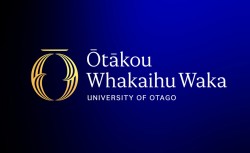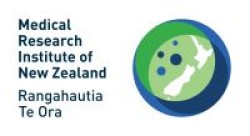Given the rise of antimicrobial resistance (AMR) in Fiji and the Pacific, it is crucial to enhance AMR surveillance and diagnostics to assist with the identification of outbreaks, to inform infection prevention and control interventions, to break the chain of transmission, and to inform selection of appropriate first and second-line treatment options for patient management.
Next generation sequencing (NGS) is a powerful new tool for pathogen genomics that has the potential to transform culture independent diagnostics and to enable rapid identification of transmission networks and outbreaks. Our previous work has demonstrated the utility of pathogen genomics for the identification of a previously unrecognised outbreak of carbapenem-resistant Acinetobacter baumannii in the Pacific Islands. The study combined work on bacterial isolates from Fiji, Samoa, Aotearoa, Australia, and India. We were able to identify separate connections between isolates across the Pacific and to India based on genomic analyses, suggesting the need for coordinated AMR surveillance in the region. Moreover, our prospective study revealed prolonged, unrecognised outbreaks of multiple clones of carbapenem resistant Acinetobacter baumannii, Pseudomonas aeruginosa, Escherichia coli, and Klebsiella pneumoniae within and between healthcare facilities in Fiji. These studies highlighted the critical need for advanced AMR genomic surveillance in the Pacific region and are helping to foster the establishment of a Pacific-wide research network.
Traditionally, next-generation sequencing (NGS) has been restricted to specialized facilities due to high equipment costs and the need for extensive bioinformatics expertise. Indeed, our previous studies utilised sequencing facilities in Aotearoa and in Asia. However, recent technological advancements have significantly reduced these barriers. The Oxford Nanopore Technologies MinION platform exemplifies this shift, offering an affordable, portable solution for long-read sequencing. Additionally, advances in bioinformatics have led to the development of streamlined analysis pipelines that do not require extensive expertise. These innovations enable pathogen genomics both in the laboratory and in the field, making advanced genomic analysis more accessible and practical for regions with limited resources. We have already initiated work to establish MinION sequencing in Fiji and have used it to perform whole genome sequencing on patient carbapenem-resistant Acinetobacter baumannii isolates.
Research goals:
- Through whole genome sequencing, identify outbreaks and potential transmission pathways of WHO critical AMR pathogens (extended spectrum beta-lactamase [ESBL] and carbapenemase-producing gram negative organisms) in Fijian hospitals
- Generate a Fijian national antibiogram
- Determine the antimicrobial susceptibility pattern of WHO critical AMR pathogens to new antimicrobials
>> PROJECT STARTED - 1st September 2024






